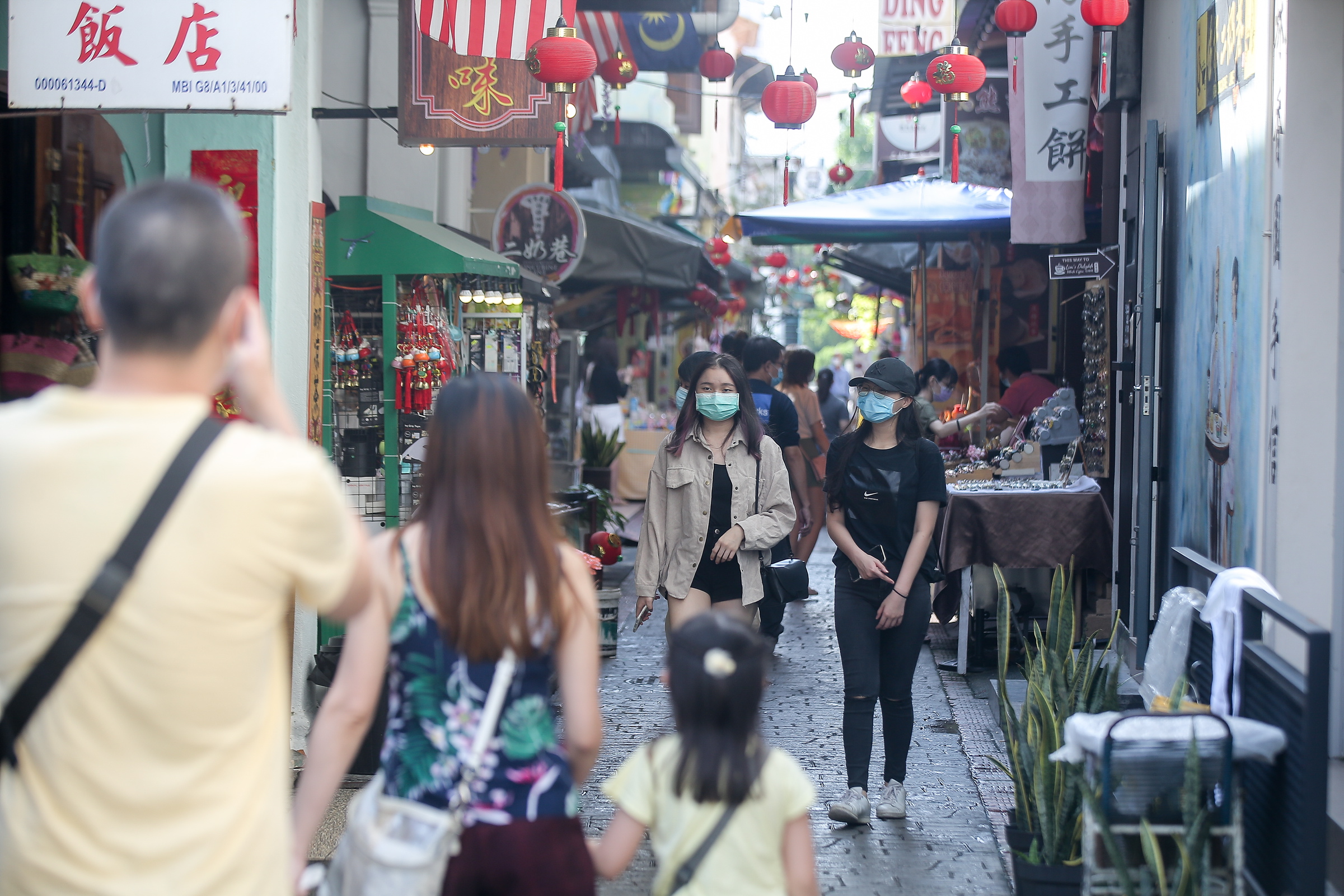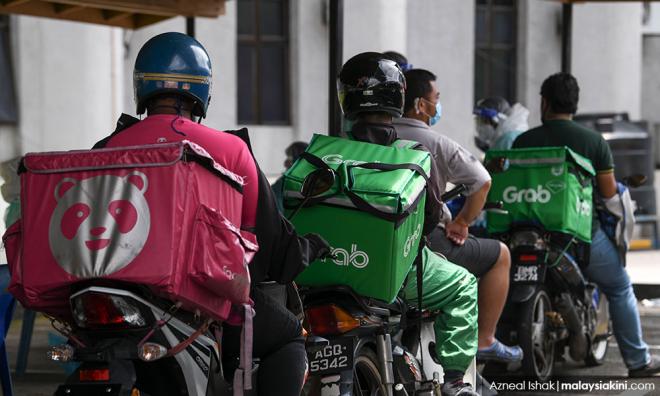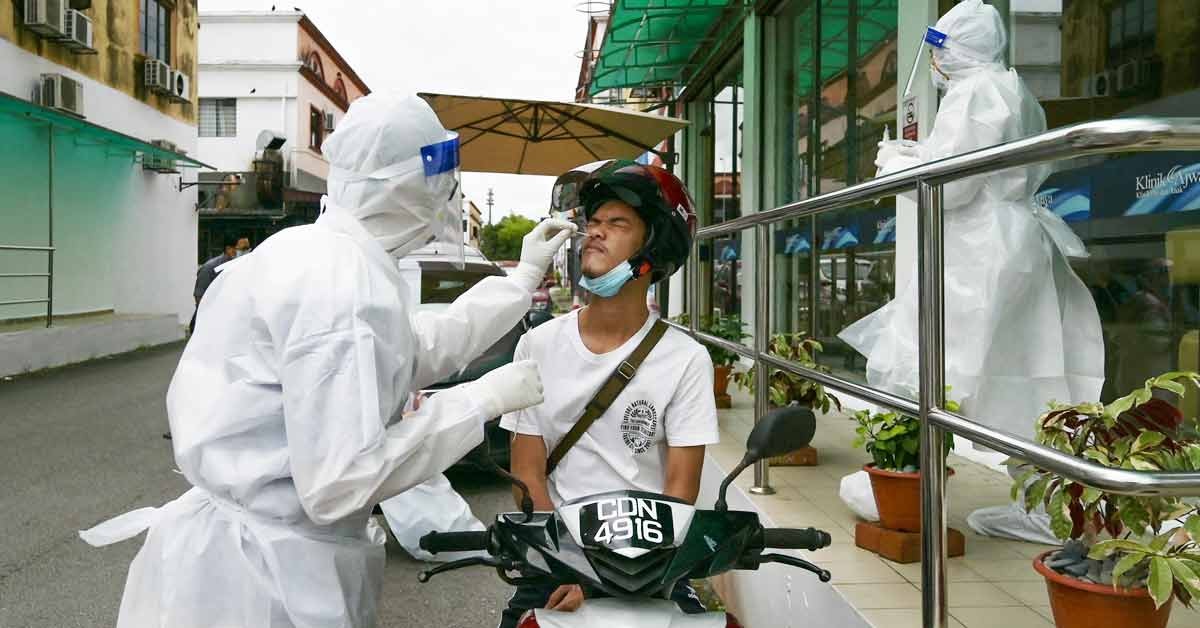
Published in Malay Mail, Astro Awani, Asia News Today & The Sun Daily, image by Astro Awani.
The latest RM20 billion government stimulus package known as Strategic Programme to Empower People and the Economy (Pemerkasa) billion appears to include various groups which have been adversely affected by the pandemic and still searching for means to weather through the unprecedented crisis. But, it is also crucial to note that they are only to address short-term needs, not in the longer term.
Prior to the announcement, anecdotally, we can see that tons of businesses have had to be shut down and data shows that entrepreneurs’ expectations toward their business performances remain gloomy for the next few months.
Data also shows that the number of unemployed, albeit not as high as when the first Movement Control Order (MCO 1.0) was implemented, remains in the 700,000 range. In January, the unemployment rate went up marginally to 4.9 per cent.
Although the current MCO is not as stringent as the previous one as more economic sectors are allowed to operate, several industries find it difficult to remain afloat since the prohibition of interstate travels is still in place. Exception was only given for those in the states under Recovery MCO (RMCO) – travel bubble.
According to the CEO of Malaysian Association of Hotels (MAH) Yap Lip Seng, the hotel industry loses about RM300 million in revenue for every two weeks of the MCO. For last year only, the industry had lost RM6.53 billion due to the blow caused by the pandemic.
Additionally, cost of living has been another major concern for the public as incomes have been affected due to cost-cutting measures by the businesses. Some studies revealed that households have had to readjust their spending on basic necessities because of unfortunate circumstances such as income reduction or job losses.
According to cumulative statistics from the Employment Insurance System (EIS) this year, most workers who lost their jobs are low-income earners — below RM5,000 with the highest share being the people earning below RM1,500.
Given that the revised national poverty line income (PLI) being at RM2,208 and stagnant minimum wage, how can households living with incomes below this amount sustain their living that could have been worsened by this crisis?
Before the pandemic, Bank Negara Malaysia’s (BNM) study on living wages in 2018 which goes a bit beyond than expenses on food, clothing and shelter shows that in Kuala Lumpur, the estimated living wage for a single household is RM2,700 per month. For the households with a spouse and children, the projected living wages are higher.
These are some of the worrying issues that have become more evident and more serious because of the Covid-19 crisis.
So, the measures announced in Pemerkasa package are welcomed for taking these issues into consideration.
Assistance for the businesses
Since many businesses have been hopeful for further assistance to support their struggles in cashflows and their business projections remain pessimistic, the extension of Special Prihatin Grant (GKP 3.0) appears to be an encouraging move to continue helping the small businesses by distributing one-off cash assistance of RM1,000 each.
Besides that, some stimulus measures to support the hard-hit sectors should also be lauded because of the interstate travel ban and the need to continue adhering to the SOPs.
One of them is the one-off Geran Bantuan Khas of RM3,000 to more than 5,000 tourism agencies registered with the Ministry of Tourism, Arts and Culture (MOTAC), followed by one-off cash aid of RM600 for homestay businesses registered with MOTAC, as well as the extension of 10 per cent discounts on electricity bill for another 3 months.
Another major help extended by the government is the Wage Subsidy Programme. Given that the unemployment number remains at high levels, it was the right move to extend this measure in order to avoid more workers losing jobs.

As Malaysia is currently in the recovery phase and more economic sectors have been allowed to operate, it appears appropriate to make it targeted to the struggling sectors as announced — tourism, wholesale and retail trade or any other businesses which had to be shut during MCO like gym and spa.
Encouraging initiatives are also announced for women entrepreneurs who play significant roles in boosting Malaysia’s economy. This would be through the allocation to move their businesses online, grants to get Socso’s coverage and microcredit schemes.
Assistance for the vulnerable groups and youth
The heavy impact faced and felt by the vulnerable households was also considered in this stimulus package. Therefore, cash assistance would be the fastest form of assistance required by the needy to cater for immediate needs.
This explains more one-off cash aids that will be distributed to the less-privileged households who are the recipients of Bantuan Prihatin Rakyat (BPR) — RM500 to B40 households who lost their jobs and additional RM500 to eligible recipients earning RM1,000 and below.
The subsidy for BPR recipients to purchase digital devices has also been increased from RM180 to RM300 given the need to own at least one for each household to be able to adapt to the current circumstances.
Safety net of the disabled (PwD) is also considered such as through the higher maximum salary eligibility limit for the Disabled Workers Allowance from RM1,200 to RM1,500 a month.
The stimulus was also focused on the living conditions of the urban poor who need to juggle with the cost of living in the cities.
According to the Federal Territories Minister Annuar Musa previously, there are more than 30,000 households out of the whole population in KL who earn below the PLI of RM2,208 and they cannot even afford basic needs. Hence, the RM100 million allocation to lend a helping hand for this group to purchase their daily needs is timely.
As global oil prices are picking up, it was also the right move by the government to support rakyat in coping with living cost through petrol subsidies by capping petrol prices at RM2.05/litre for RON95 and RM2.15/litre for diesel, as well as for liquified petroleum gas (LPG) at RM26.60.
Attention was also pointed to the homeless who roam around the city. Following my previous article on the homeless, the provision of additional temporary shelter in KL called Anjung Kelana is certainly welcomed and it is considered as one of the ways to control Covid-19 infections and avoiding new clusters.
Not to be forgotten, incentives for the youth such as increment in eBelia credit, additional allocation for youths to venture into business through Pemerkasaan Ekonomi Komuniti Bandar and Tunas Usahawan Belia Bumiputera (Tube) programmes, as well as financing schemes are also to be lauded.
All in all, the stimulus package appears to be the way to go as most of the initiatives are immediate assistance which are crucially needed, tackling different groups in the society. Nonetheless, more sustainable solutions are needed and it also comes again to the effectiveness of implementation and frequent follow-up on each initiative to ensure that the help reach the targeted groups.
Sofea Azahar is Research Analyst at EMIR Research, a think tank focused on strategic policy recommendations based on rigorous research.

